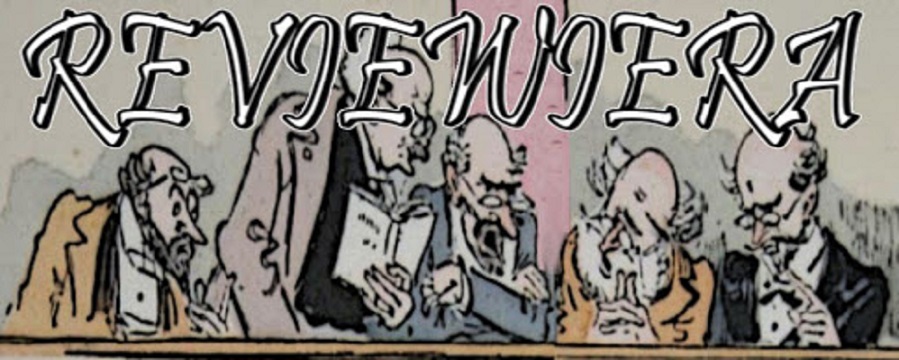Sunday, February 23, 2020
Birds of Prey
Friday, February 14, 2020
Mission: Shogun Bagworks
Like most people, I think the best kind of robot is the kind whose chest opens up so it can shoot missiles or energy beams at its enemies.
(Shogun Warrior Dangard Ace deploying that chest-based what-for.)
Also, like most people, I have long said "But there could never be a backpack that reminds me of the best kind of robot".
(And lo comes Mission Workshop to prove me unimaginably, and consequentially, incorrect. Gaze upon the Mission Rhake, with its chest gawping and its payload imaginable. Image from Zdnet.)
So that's 400 wing-wangs I'm gonna have to spend, I guess. And that's a big pile of yua!
What's weird is that I can't quite tell at this late remove how / why I knew / know that Shogun Warrior Dangard Ace can open its chest to shoot missile laser things and that that's an incredibly cool and important thing to do. It took me metric forever to find an image of the chest-blasting fromthe only issue I had (issue 9), and that image is one tiny panel of two missiles launching that, spoiler: the big monster shrugs off like nothing. So why did I then spend a couple years drawing giant robots (that I was careful to identify as "ancient"), most of which had opening chest plates that revealed neat weapons?
The world may never know.
(I mean, it's not like I saw this rad attack, cropped from here. Anyway, this slightly radder attack.)
Side note one: man, the comics I grew up on sure were turbo-ruined by bad coloring printed cheaply on awful paper. Check out this great Herb Trimpe art and believe me when I tell you the color version of this that I had looked substantially less good than this. That monster design is exceedingly odd, though, with teeth and tongue coming out of what appears to be eyelids...and the whole thing breathes fire?, and it's extremely pleasing in its oddness. Also pleasing is that I could not explain why its name is "Starchild" with powerful telescopes and substantial computing power at my disposal. Also I very much appreciate the least unsuccessful giant robot attack being a head-first tackle that causes the monster to "whump".
Side note two: one of the pitfalls of buying your comics off a spinner rack is that you might only have one issue of a book, and that issue might mostly focus on a character that ... turns out not to be a good one. The issue you pluck might well in fact focus on a character that somebody could even say ... "sucked". (The summary of his career is not the most exciting read.)
(Man, that is some action of the old type. I actually still really like this way of telling a story.)
And yet something about this stuff still makes me happy. And I don't think it's exclusively nostalgia. The Trimpe art is fun, and there's some energy and weirdness to the giant-robots-fighting-monsters genre that translates pretty well to the comic format. I don't know if it's enough to get me to join the backpack brigade, but it's at the very least the closest I've come for a long time now.
—Fat, ever ready to drive a giant robot (as long as it's not a stick)
Sunday, February 09, 2020
Fun
But back to Birds of Prey: And the Emancipation of One Harley Quinn, I rooted for the anti-heroes. It’s a worthy entry in the crime genre. It’s cool. It’s fun. And the film wisely bookends its most elaborate set pieces, namely the amazingly choreographed opening party scene and Harley's roller-skate chase/fight sequence that caps the Booby Trap. And spoiler alert, the post-credit gag is Harley dishing that Batman fucks bats.







